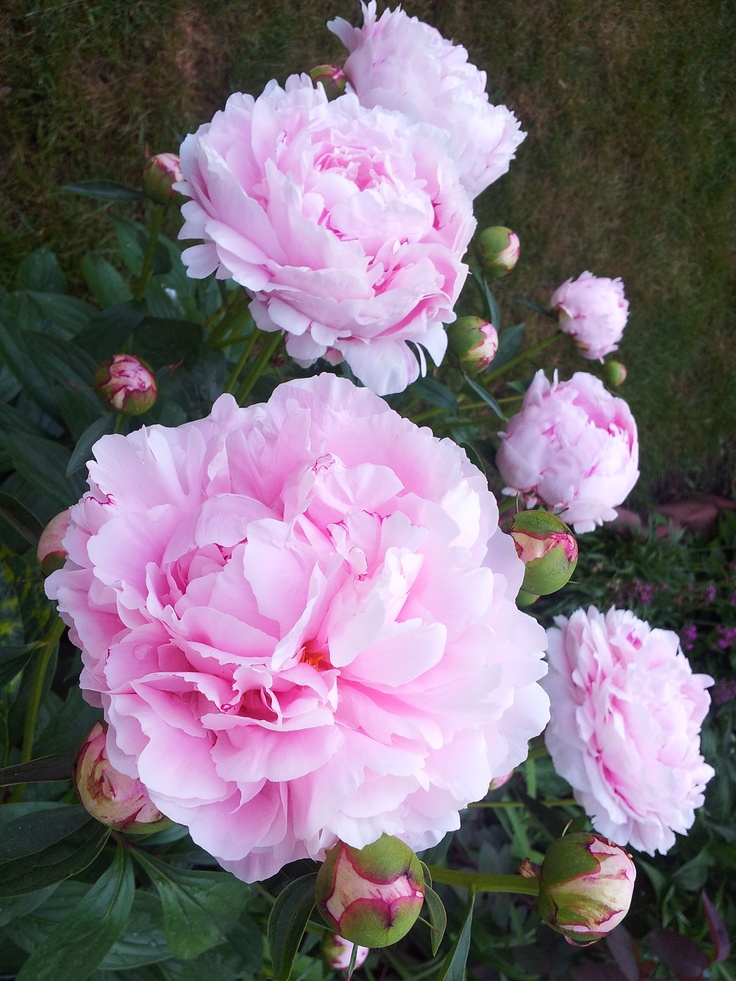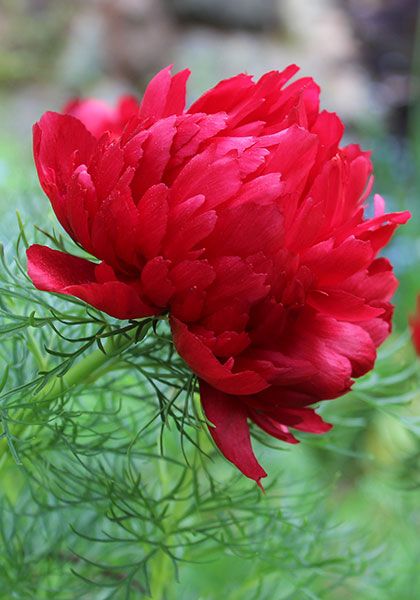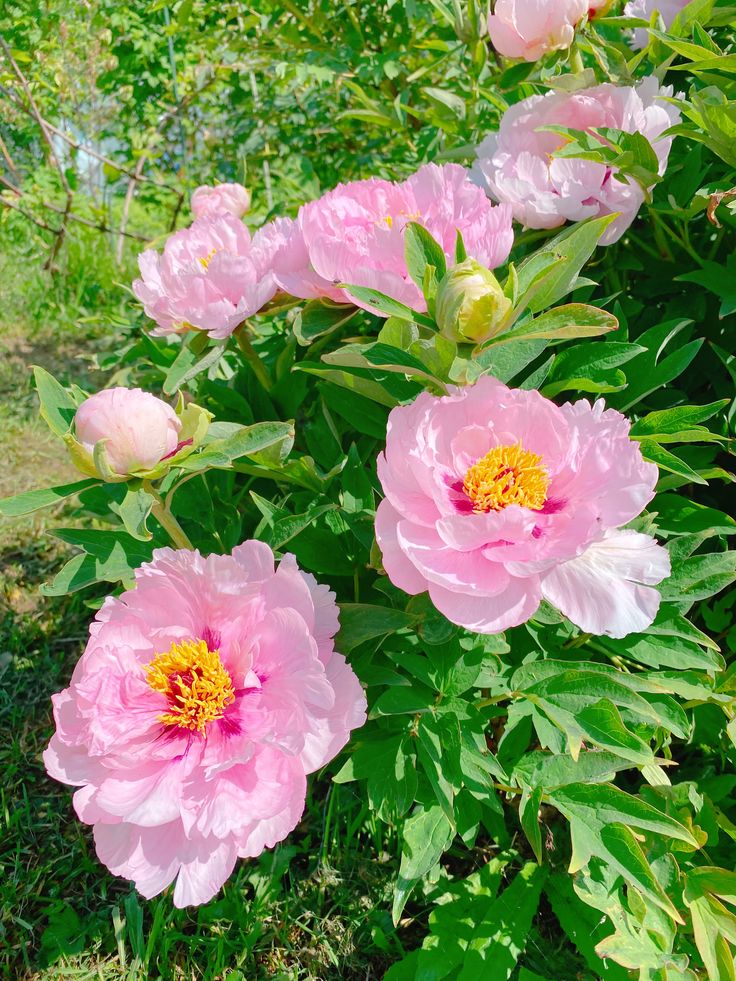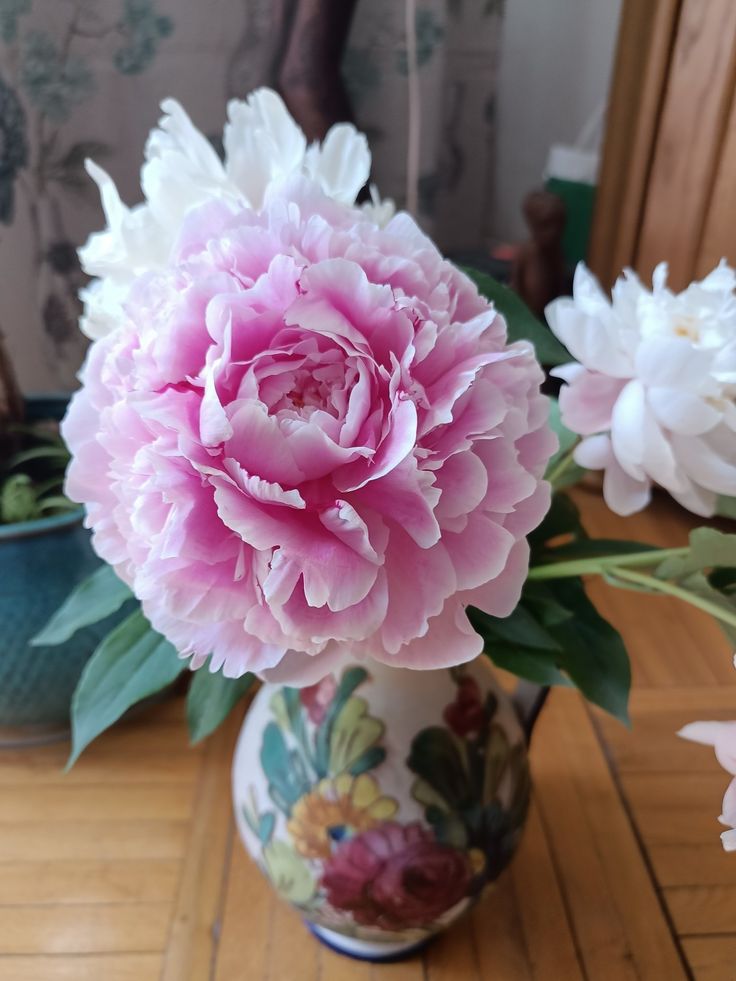Fungal diseases, such as powdery mildew, can pose a threat to the health and beauty of peony plants, affecting their foliage, flowers, and overall vigor. However, with proactive management strategies and timely intervention, gardeners can effectively control fungal diseases and minimize their impact on peony gardens. In this guide, we’ll explore practical tips and techniques for dealing with powdery mildew and other fungal diseases, empowering you to safeguard your peonies and preserve their splendor.








Understanding Fungal Diseases
1. Powdery Mildew
- Powdery mildew is a common fungal disease characterized by white, powdery growth on the leaves, stems, and buds of peony plants. It thrives in humid conditions and can weaken plants if left untreated.
2. Botrytis Blight
- Botrytis blight, or gray mold, is another fungal disease that affects peonies, causing brown lesions, moldy growth, and flower bud rot. It thrives in cool, moist environments and can spread rapidly during periods of high humidity.
Prevention Strategies
1. Proper Plant Spacing
- Ensure adequate spacing between peony plants to promote air circulation and reduce humidity, which discourages fungal growth and spread.
2. Water Management
- Water peonies at the base of the plant early in the day to allow foliage to dry quickly and minimize moisture accumulation, which creates favorable conditions for fungal diseases.
3. Soil Drainage
- Improve soil drainage by amending heavy or compacted soil with organic matter, such as compost or perlite, to prevent waterlogging and root rot, which can predispose plants to fungal infections.
4. Pruning Practices
- Prune diseased or damaged foliage from peony plants promptly and dispose of affected plant material away from the garden to prevent the spread of fungal spores.
Treatment Options
1. Neem Oil
- Apply neem oil, a natural fungicide and insecticide, to peony plants as a preventive measure or at the first signs of fungal disease. Follow label instructions carefully for safe and effective use.
2. Sulfur Dust
- Dust peony foliage with sulfur powder to control powdery mildew and other fungal diseases. Apply sulfur dust in dry conditions and avoid contact with wet foliage.
3. Baking Soda Solution
- Mix a solution of baking soda and water (1 tablespoon of baking soda per gallon of water) and spray it on peony plants to inhibit fungal growth and reduce powdery mildew symptoms. Repeat every 7-10 days as needed.
4. Fungicidal Sprays
- Use fungicidal sprays labeled for use on peonies to control severe fungal infections. Follow label instructions carefully and avoid spraying during hot, sunny weather to prevent leaf burn.
Cultural Practices
1. Mulching
- Apply a layer of organic mulch around peony plants to suppress weed growth, conserve soil moisture, and prevent soil splashing, which can spread fungal spores.
2. Air Circulation
- Prune nearby vegetation and thin out crowded growth to improve air circulation around peony plants and reduce humidity, creating less favorable conditions for fungal diseases.
Conclusion
By implementing preventive measures, timely treatment options, and cultural practices that promote plant health and resilience, gardeners can effectively manage powdery mildew and other fungal diseases in peony gardens. With vigilance and proactive management, you can protect your peonies from common pathogens and enjoy their beauty and elegance for years to come.